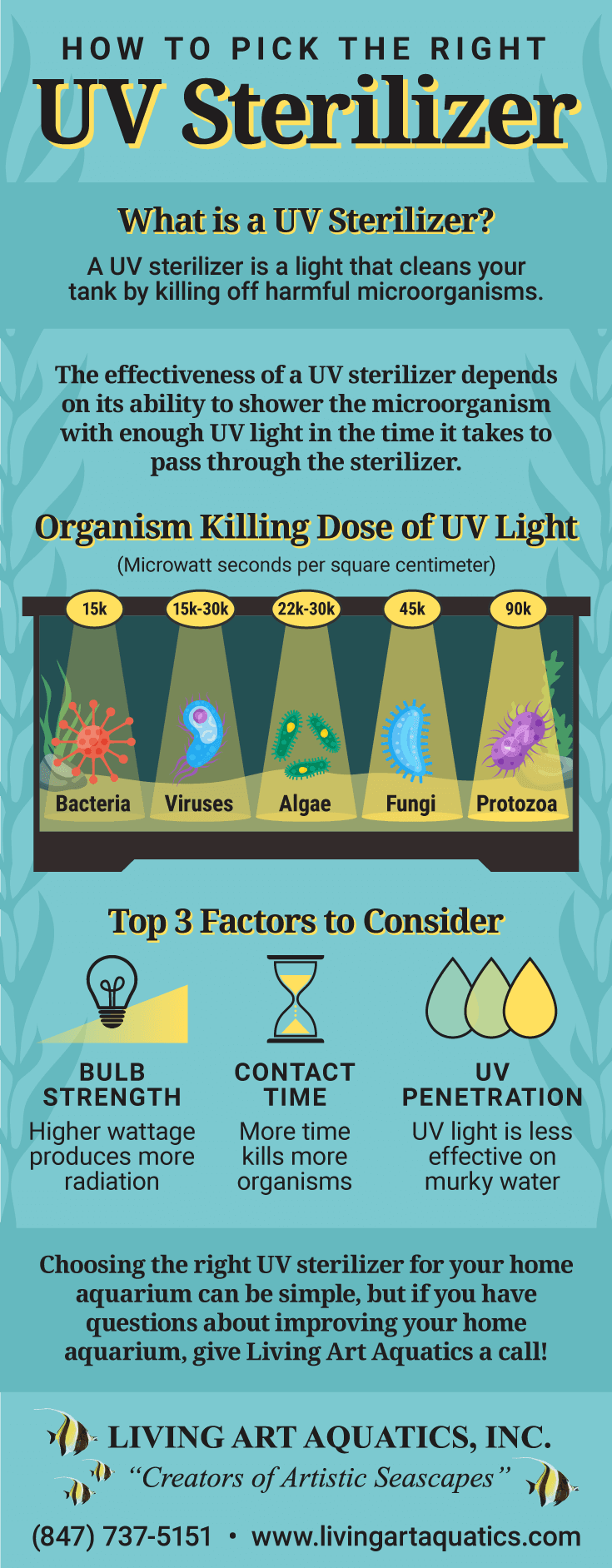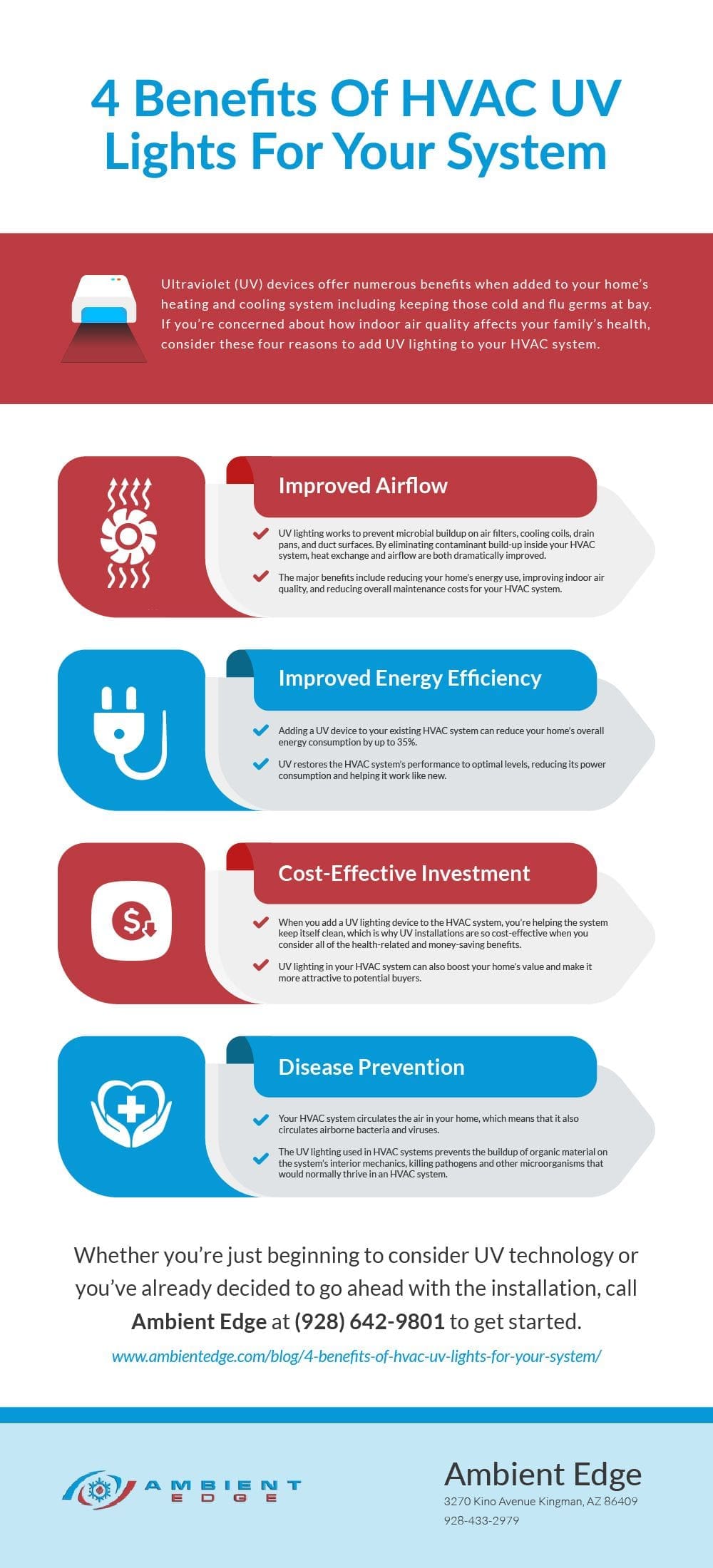The Main Principles Of Uvc Light
Not known Facts About Uvc Light
Table of Contents5 Simple Techniques For Uvc LightThe 6-Second Trick For Uvc LightSome Known Factual Statements About Uvc Light Getting My Uvc Light To WorkThe smart Trick of Uvc Light That Nobody is Talking AboutThe Best Strategy To Use For Uvc Light
A new sort of ultraviolet light that might be risk-free for individuals took less than 5 mins to reduce the level of interior air-borne germs by greater than 98%, a joint research study by scientists at Columbia University Vagelos College of Physicians and Surgeons and in the U.K. has actually discovered. Also as microbes remained to be sprayed into the area, the level stayed extremely low as long as the lights were on.Till now these researches had actually only been performed in small speculative chambers, not in full-sized rooms simulating real-world problems. In the existing study, scientists at the University of St. Andrews, College of Dundee, University of Leeds, and Columbia College evaluated the efficiency of far-UVC light in a big room-sized chamber with the same air flow price as a regular office or home (about 3 air changes per hour).
The effectiveness of different approaches to decreasing indoor infection levels is normally determined in terms of comparable air changes per hour. In this research, far-UVC lights produced the equivalent of 184 equivalent air exchanges per hour. This surpasses any other technique to sanitizing busy indoor areas, where five to 20 equal air modifications per hour is the finest that can be achieved virtually.
Uvc Light Things To Know Before You Get This

The main parameters of UV-C disinfection are wavelength, dose, family member moisture, and temperature. There is no consensus about their optimal values, but, generally, light at a high dose and a spectrum of wavelengths consisting of 260 nm is liked in an atmosphere at space temperature level with reduced family member humidity. This light can be produced by mercury-vapour, light-emitting diode (LED), pulsed-xenon, or excimer lights.
UV-C sanitation systems have appealing functions and the possible to improve in the future. UV-C sanitation must presently be taken into consideration for low-level instead than high-level disinfection.
One more application arose in 1910 when UV light was used to decontaminate water. The innovation was not extremely trustworthy at the time and it took additionally technical growths prior to UV water sanitation came to be preferred once more in the 1950s [ 2] Nowadays, UV light is utilized for water, air, food, surface, and clinical equipment disinfection.
About Uvc Light
DNA, RNA, or proteins of a micro-organism take in UV light, with a peak absorbance around 260 nm [6] This causes the disturbance of DNA or RNA, leading to the inactivation of the micro-organism. UV-C-induced DNA interruption commonly includes the bonding of 2 adjoining thymine (or cytosine) bases rather than the standard connecting of a base with its corresponding base on the various other hair.

The UV-C area is utilized for sanitation but there is no agreement on the specific ideal wavelength. Light at 260 nm can create the most disturbance. Various micro-organisms are most susceptible to a little different wavelengths.
Uvc Light Fundamentals Explained
On the various other hand, it has technical ramifications considering that the overall energy of the light beam of light is then split over all present wavelengths. A micro-organism that is at risk to 254 nm light will certainly be inactivated more by a light that produces solely light at 254 nm than a lamp that sends out a wavelength range at equivalent overall energy.
Direct exposure times of 1045 min for area disinfection and 25 s to 5 minutes for clinical devices were come across in literary works.
Additionally, the output of a lamp decreases with time, so it is recommended to determine the dosage at the end of lamp life, which is agent of this post a worst-case circumstance. The dose likewise influences the amount of photoreactivation. Quek et al. discovered that the percent of photoreactivation lowered from 5.31% to 0% for a boost in dosage from 1.6 to 19.7 mJ/cm2 [8]
The influence of temperature level depends on the light source.
Some Known Incorrect Statements About Uvc Light


This is called much UV-C innovation and is a relatively new disinfection technique with minimal knowledge concerning its efficiency. This makes it riskier to totally rely upon this innovation for sanitation in the health center and it is therefore not widely made use of [21] It also has benefits such Click This Link as a minimized danger for use near people due to a lower infiltration deepness right into the skin her comment is here and eyes [ 26]
In study, the outcomes on pulsed versus continuous UV-C disinfection effectiveness differ. When comparing pulsed and constant light it is essential to keep various other variables such as wavelength and dose consistent. Nyangaresi et al. and Sholtes et al. both found that pulsed or constant light produced by LEDs caused equivalent log10 decreases [15,28]
The smart Trick of Uvc Light That Nobody is Discussing
In case ozone is not needed for sanitation, a modified lamp can be made use of. For mercury-vapour lamps, doped quartz glass or specialized soft glass can filter out short-wave UV-C light - uvc light.